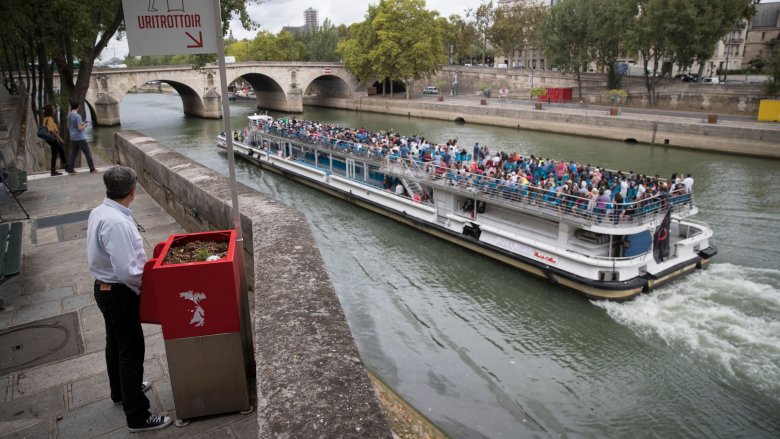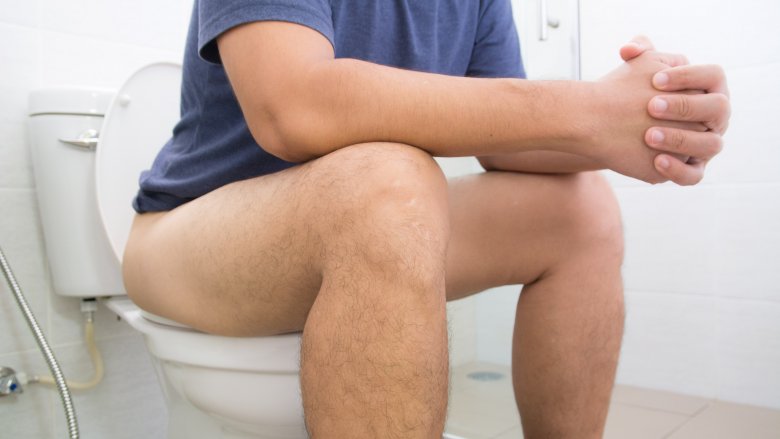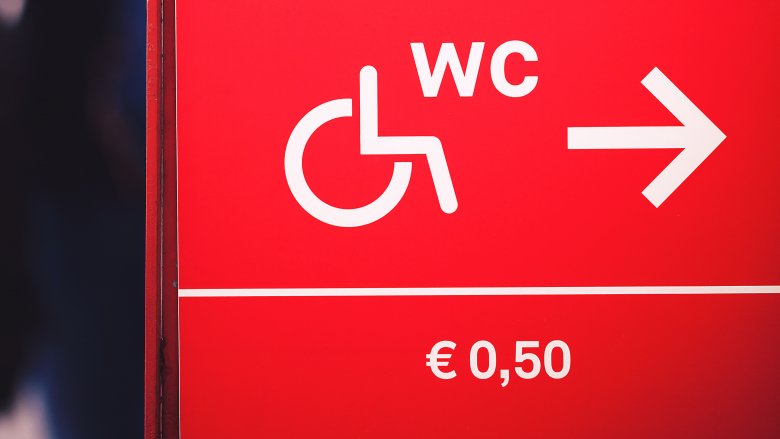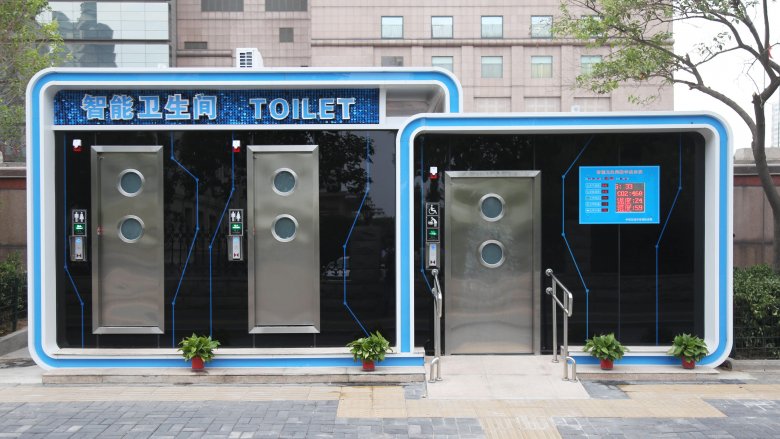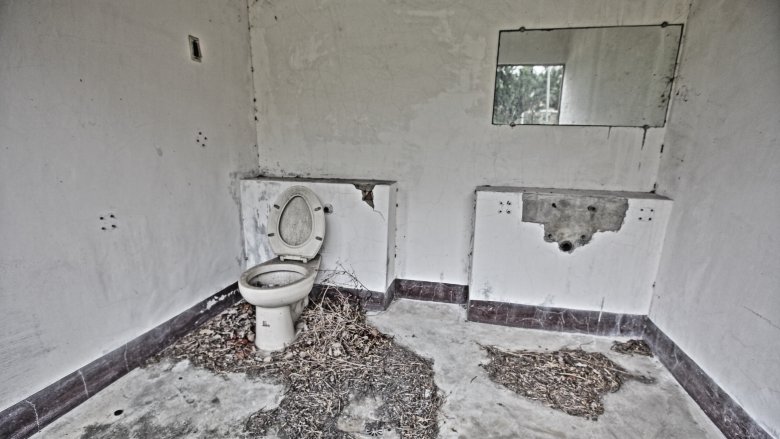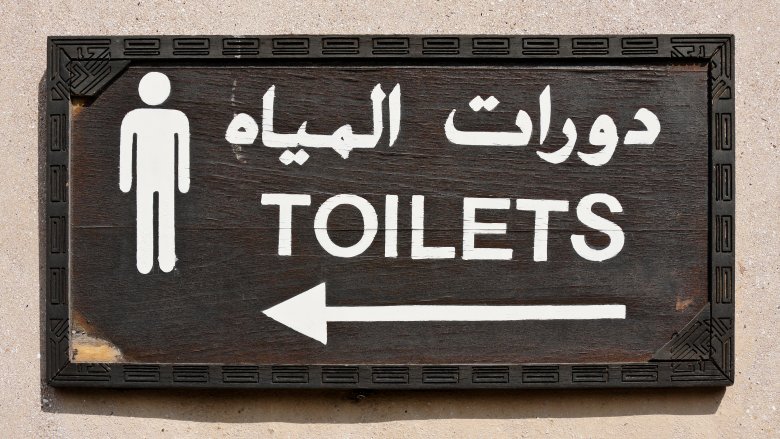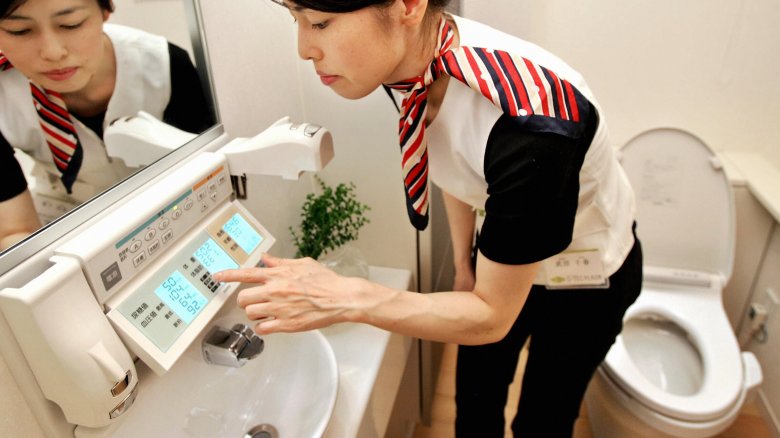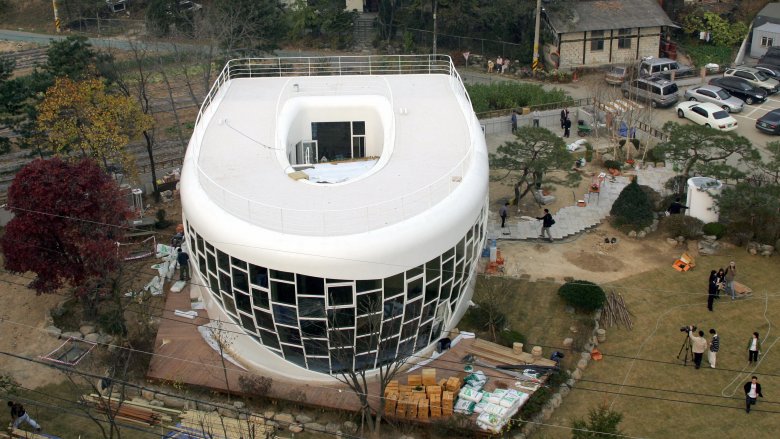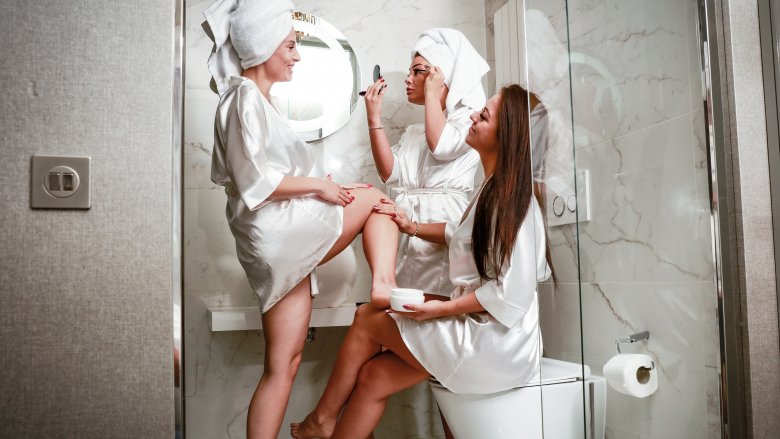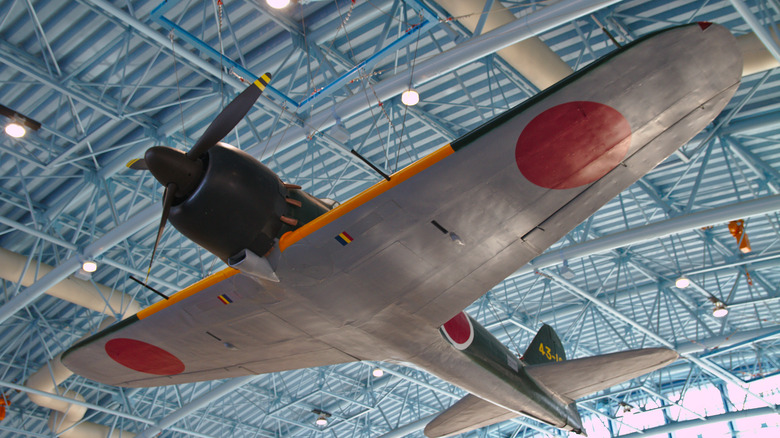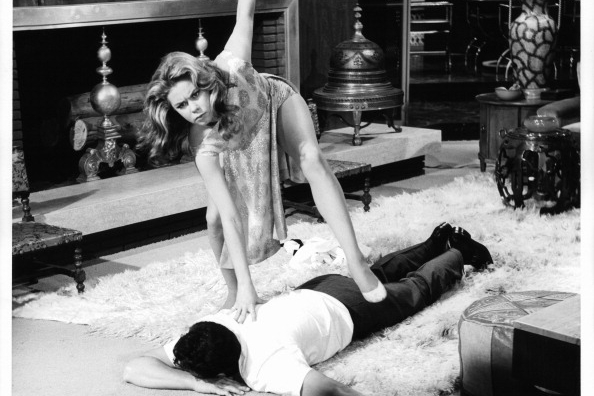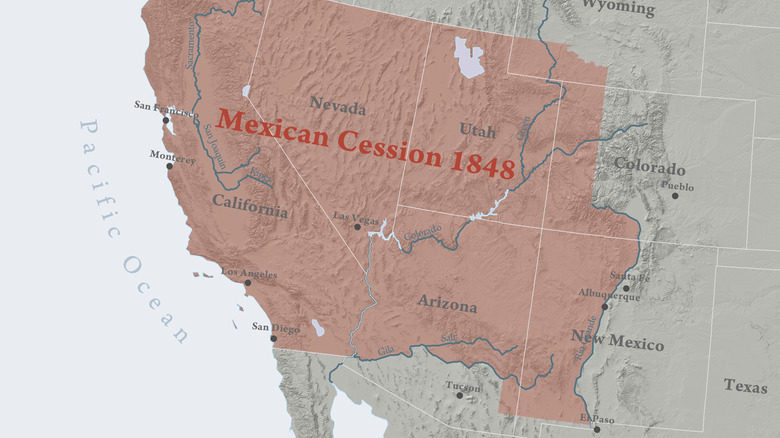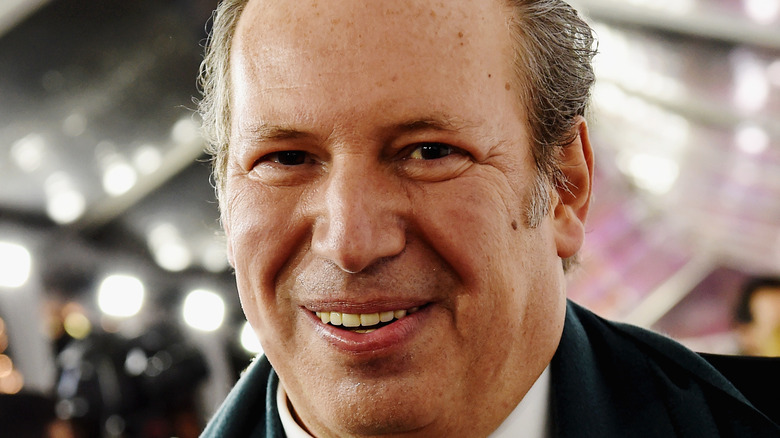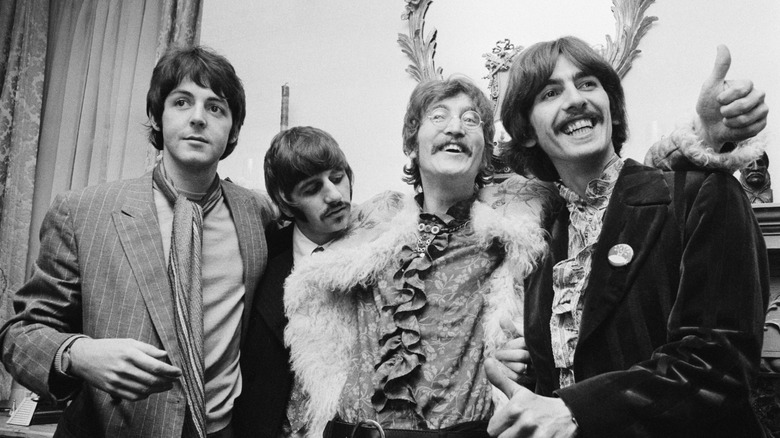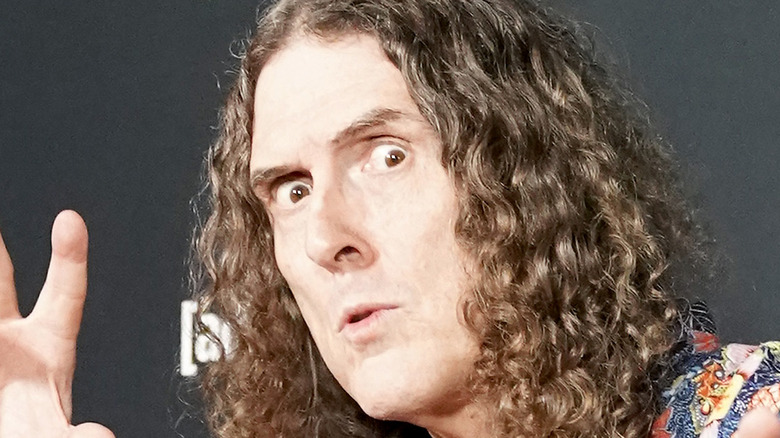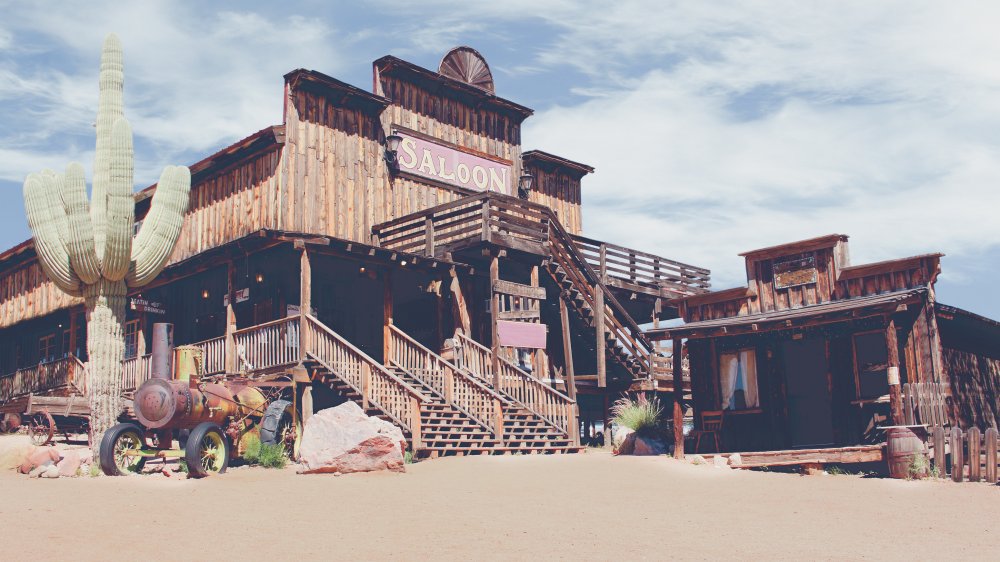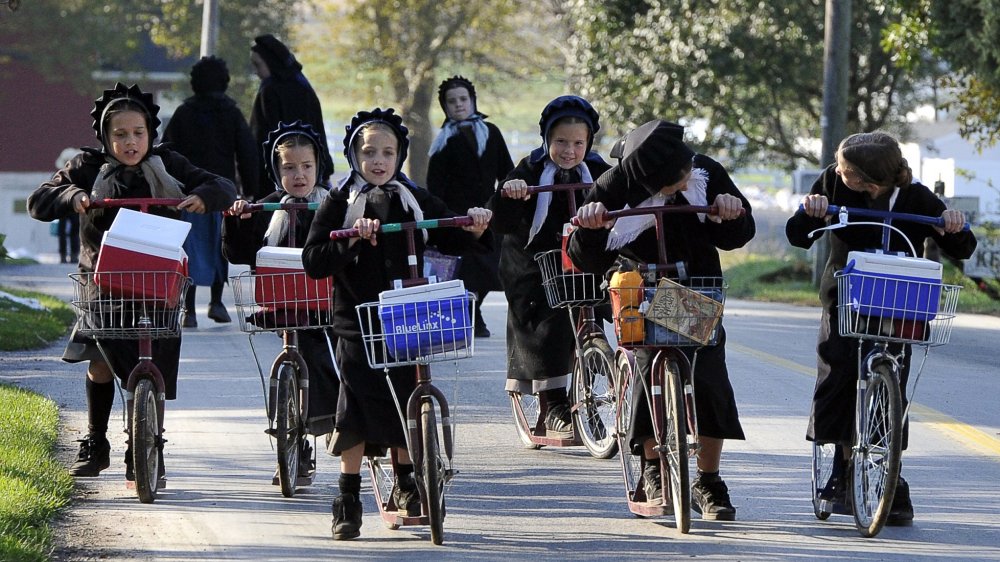
Weird Things About Bathrooms In Other Countries You Didn’t Know
As the children’s book tells us, everybody poops. Going to the bathroom is something everyone has had to do since humanity existed. For a very long time this meant going pretty much wherever. Of course, this resulted in lots of super-not-fun diseases and horrible deaths, because human waste should not be hanging around food and water. Eventually, we created sewage systems and plumbing and toilets. It could be argued that one of humanity’s greatest achievements was going from pooping in the corner of a cave to the lovely bathrooms we have now.
But even though everyone has to go, that doesn’t mean we all do it the same way. Different countries have different etiquette for bathroom time and expect different things when they need one. If you’ve traveled, you have probably experienced this bathroom shock. Some countries are more technological, some are creative, and some throw in complications you never would have expected when you just need to pee.
Cuba is a toilet paper dystopia
The way Cuba’s Communist government works unfortunately means there are often shortages of basic goods. And while vital things like food are the most concerning to run out of, residents are also not thrilled about the constant lack of toilet paper.
People who live in Cuba have written on their blogs and major news sites that whenever they go abroad they stuff their suitcases with toilet paper before the return trip. One woman said that since she moved to the island, she had become “obsessed with toilet paper.” Cuba can go weeks at a time with a shortage or complete lack of toilet paper on store shelves. While this is a “chronic” issue, the Havana Times noted that 2014 was an especially bad year and angry citizens started demanding answers from the government about when they could wipe again.
It’s normal to conserve your use there, not freely grabbing as much as you want like you might in America. One man encountered two-ply and immediately separated it, so the house would have twice the amount. When butt tissue is available, at best it is “grey and brittle,” while the cheapest kind is made of reused products and you can “still see recycled candy wrappers etched into it.” While people will stockpile supplies at home when they can, if you’re out and about it’s best to just assume there won’t be any available in a public bathroom. That’s why at least one travel site recommends you bring your own.
Paris is trying to curb men's lazy peeing
Paris, like basically every big city in the world, has a problem with men just peeing wherever they want. Since it’s so easy for guys to relieve themselves, many don’t bother looking for a bathroom. This makes the city dirty and smelly and, according to the New York Times, results in millions in damage and cleaning costs. So the local government decided to do something about it.
When a $75 fine for public urination and 2,000 officers specifically trying to stop it didn’t work, officials called in a design firm. Their task was to make a urinal. What they came up with was a very small, minimalist red box called a Uritrottoir, which was also eco-friendly. The idea was that men would pee into them (although they’re so small they don’t really hide anything) and the urine would soak straw or wood chips. No water would be used. A computer would say when the urinal was full, and the straw would be emptied by a “urine attendant.” Then it would be taken to the outskirts of Paris and turned into compost. The boxes could even grow their own flowers on top, thanks to the pee.
But while one of Paris’ mayors called the Uritrottoirs “an invention of genius,” Time says the urinals met controversy. Some residents were mad the bright red boxes ruined the look of historic places, like the one outside Notre Dame. Others argued adding toilets only men could use was sexist.
Germany wants men to take one for the team
Germany is in the middle of a heated political debate. The battle lines have been drawn: You’re either on the side of stehpinklers or sitzpinklers. The issue is tearing households apart as they try to answer the question of whether men should stand up or sit down to pee. If you are a guy not from Germany, you might find the idea of sitting to pee ridiculous. But the Huns have been really trying to get men to embrace it. According to the Atlantic, campaigners point out how sitting leads to cleaner bathrooms and therefore less work for people who have to clean those areas.
In a men’s room in Germany, you might find a sign saying, “Here one pees sitting down.” Or if the place is more aggressive, when you lift the seat you might hear the voice of a former chancellor saying, “Hey, stand-peeing is not allowed here and will be punished with fines, so if you don’t want any trouble, you’d best sit down.”
Some men are proud to embrace the future (one academic wrote a whole book on why sitting was the way forward), while others label sitzpinklers “wimps” and fight back on talk shows, in cartoons, and editorials. One man took his landlord to court when his security deposit was partially withheld because his pee had damaged the bathroom floor. The stehpinkler won his case, but the judge did call standing to pee a “previously dominant custom,” so the sit-down campaign may be winning the war.
Sweden is a pay-to-pee country
Many cities in Europe make you pay to use public bathrooms. This can be a complete shock to people from outside the continent, especially Americans, who think being able to go when you have to is a human right. The problem with not being able to get into the bathroom when you are desperate to poo is pretty obvious. But in general, the continent has embraced this way of doing things.
Perhaps nowhere more so than in Sweden. Trip Savvy has a whole page devoted to what you can expect when you encounter a toilet in that country, and the first con they list is the fact you have to pay. Most places expect exact change, so having some bills or a credit card isn’t going to get you far. They recommend you always have small change on you just in case. Some public bathrooms might have an actual attendant taking your money.
The learning site Transparent Language also devoted a post just to Swedish toilets. They give readers a strategy for how to find bathrooms that are free, like in libraries. But they also mention a sneaky way to not pay for regular public bathrooms. If you find one that is occupied and wait right next to it (but “don’t be creepy”), once the person inside comes out you can try to grab the door before it closes. While this might result in “a dirty look,” it’s “pretty common practice” especially as it gets later and people are drunker.
China started a revolution to update their bathrooms
China is quickly becoming one of the world’s most important economic centers. This means more people from the West and places like Japan and South Korea are coming to the Communist country. But until recently, the standard of public bathrooms in China and the manner in which they were used was very different to what people from those other countries were used to. One visitor said the toilet situation was a “disaster” and some bathrooms didn’t even have doors. The shocked reactions were becoming a problem, so in 2015, President Xi Jinping ordered a “toilet revolution,” according to the South China Morning Post.
This was also meant to help local quality of life. Even in large cities people sometimes had trouble finding places to go when they needed to. NPR reports the revolution involved spending $3 billion to build or renovate 68,000 public toilets in three years, with 70,000 more planned. Some cities went a bit overboard and built luxurious public bathrooms with marble, sound systems, Wi-Fi, ATMs, newsstands, and electric-vehicle charging stations. In order to stop people stealing toilet paper, some bathrooms use facial recognition before giving you two feet of TP. It got so over the top the government had to warn certain local governments to stop wasting money.
But the toilet revolution continues, especially in rural areas. Xinhua Net says one region of China has a goal to rebuild toilets for 150,000 rural houses in 2019, as well as many new public bathrooms.
Mexico City has a serious poo problem
When you visit Mexico City for the first time, someone might warn you not to drink the tap water. But according to one expert, you also don’t want to eat the food or breathe the air or get caught in the rain, because it is all mixed with poo.
It might sound horribly xenophobic at first, but Mexico City does have a serious waste problem. First, unlike most places in the U.S. and Europe, the sixth-largest city in the world does not have a sanitary code dictating how to construct and install toilet, urinals, and sinks. This means “public bathrooms are often constructed by people who are neither architects nor professional plumbers.” You can see how that might lead to issues.
But it’s once the poo gets from the questionable bathroom to the sewer that the real problems begin. Mexico City’s pipes are not built to handle the waste of 20 million people. They leak and burst, and the excrement finds its way to “water systems that eventually dry out and send particles into the air, then back to the city as brown rain, settling on food being sold on the street.” During the rainy season, houses can get flooded with waste. This all results in Mexico City being #1 in the world for gastrointestinal infections, with 90 percent of adult residents infected by a fecal bacteria that can cause horrible symptoms, which lead them right back to the bathroom.
In Dubai you can pee in the sky
Dubai is known as the city that has the most world records, so of course they have to have the highest bathroom, located on the 154th floor of the tallest building in the world, the Burj Khalifa. (The Burj actually has 163 floors, so if you are on the top nine and have to go, head for the elevator.)
The bathroom has seen viral fame more than once. National Geographic shared a video from the bathroom in 2017 that got 4 million views in 24 hours. In it you can see the toilet, bidet, and floor-to-ceiling windows with an amazing (if terrifying) view of the city. Obviously, no one would be on your level while you peed, but telescopes might still be a worry. People were talking about the bathroom again when Will Smith shared a picture of himself on the toilet (pants up) on Instagram in 2018, getting almost 3 million likes.
But there is something else unexpected about the world’s tallest toilet. Dubai may be fancy above ground, but below ground it lacks the sewage infrastructure to deal with a building like the Burj. According to NPR, this means that when you poo half a mile in the air, it goes through the pipes and out the bottom into the back of a waiting truck. The vehicle then goes to a wastewater treatment plant where it waits in a line of other trucks that can be 24 hours long.
Japan's bathrooms are a high-tech wonderland
The Japanese are famous for being ahead of the rest of the world when it comes to technology, and it’s no different in the bathroom.
Their technologically advanced toilets have been around a long time, and they can be utterly baffling when you first encounter one. In 1997, the Washington Post reported on a young American diplomat who went to a dinner party at a Japanese home and had to pee. He was presented with such an array of confusing buttons that, even though he understood Japanese, he just started pushing. This resulted in a noise that replicates flushing, the butt dryer function, and the bidet all going off. It got water all over the bathroom. He was mortified. That was more than 20 years ago, so you can imagine how advanced their toilets are now. They can resist germs, warm your butt, analyze your urine, open the lid for you, and more. They also cost thousands.
Speaking of that flushing noise, Japanese people (especially women) feel it’s rude to let anyone hear the noises they make in the bathroom. This used to mean repeated flushing at noisy moments, until the invention of the now-ubiquitous “Sound Princess” that makes the noise for you, saving your blushes. CNET says some women still carry a personal version in their purse in case they run into a toilet that doesn’t have one. They have made a difference in water consumption, saving about 4 gallons of water every time someone goes to the bathroom in public.
Antarctica has some very primitive facilities
Going to the bathroom in Antarctica varies wildly depending where you are. For example, the main U.S. base, McMurdo Station, is the biggest settlement on the continent, and according to one polar scientist, it has heated buildings with regular flush toilets and a wastewater treatment plant to deal with the excrement. It’s not that different than going to the bathroom in America.
But some people don’t spend all of their time in the nice warm town. Scientists and others can find themselves out in the field for extended periods, away from the comforts of home. This means, when they are lucky, using outhouses. Some are just toilet seats over holes in the ice or a fuel drum. Another scientist encountered rules where you had to pee in one toilet and poo in another, where you then pushed a button and watched for two minutes as your poo was sealed in a plastic bag.
But this all assumed you can actually get to the outhouses. Sometimes, the snow is blowing so badly that making the short journey is impossible. Or it’s the middle of the night and you’d have to put on a million layers of clothes just to go pee. Or maybe you’re in a place not lucky enough to have an outhouse. In that case, people use the special plastic water bottle they have ready and labeled just for that purpose. The giant “P” on the bottle reminds them not to drink out of it in the morning.
South Korea has a complex relationship with bathrooms
If you’re really into toilets, you need to make a pilgrimage to South Korea, specifically, the Toilet Culture Park, opened in 2012. According to the Telegraph, the world’s first toilet theme park was built around the toilet-shaped house of Sim Jae-duck, the late founder and first president of the World Toilet Association. Sim became famous when he provided the bathrooms during the World Cup in 2002. His association’s mission was “spreading the benefits of hygienic toilets around the world.”
But if you actually have to use a bathroom in South Korea, you might be in for a shock, at least if you use the men’s. Public bathrooms in the country are kept immaculate by “ajoomas,” older women janitors who take their jobs very seriously. They are constantly cleaning, even if a dude is using the bathroom at the time. Guys just have to get used to old ladies hearing or seeing their business.
Women, on the other hand, have a serious problem with guys trying to see their business. In a country with some of the fastest internet and most advanced technology in the world, certain men have decided to use it to spy on women’s bathrooms. They install cameras and wait for a lady to have a seat, then apparently watch and enjoy it. NPR says the cops identified 26,000 victims of this kind of invasion of privacy in four years, but campaigners say the actual numbers are much higher. It’s even led to large-scale protests.
The Scottish don't take hospitality to new levels in the bathroom
If you visit Scotland, before you go to use the cludgie (toilet) a local might warn you of their strange national rule: If you’re going to the bathroom and someone knocks on the door needing to use it, you are legally required to let them in. Amazingly, there is a decent chance the person telling you this actually believes it’s true. In 2008, the Telegraph polled U.K. people about the most ridiculous British laws. “In Scotland, if someone knocks on your door and requires the use of your toilet, you must let them enter,” landed the #5 spot. So people do believe it enough for a national newspaper to accept it’s true and on the books.
Fortunately for everyone in Scotland who just wants to pee in peace, there is absolutely no law about this. It’s not even an old rule that is no longer enforced. The whole thing is an urban myth. If someone knocks when you are busy voiding your bowels, you can tell them to wait like you would anywhere else.
In 2012, the U.K. Law Commission went so far as to search the archives for some of the weird laws people thought were real, including this one. The BBC reported that the commission could not “find evidence that it was on the statute book” and the lawyers thought the urban myth might have gone back to a local custom or was an exaggerated means of showing the Scottish people’s “strong sense of hospitality.”

Bigfoot: What You Need To Know When Hunting For Sasquatch
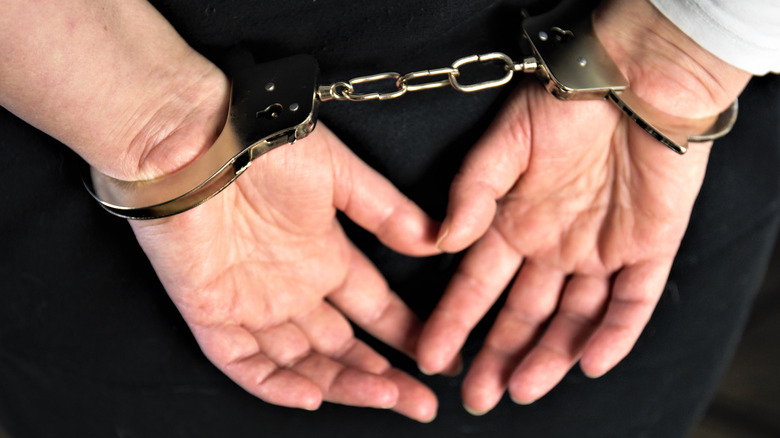
This Is How Herbert Mullin Was Finally Caught

The Exotic Pet Paris Hilton Has Owned Might Surprise You
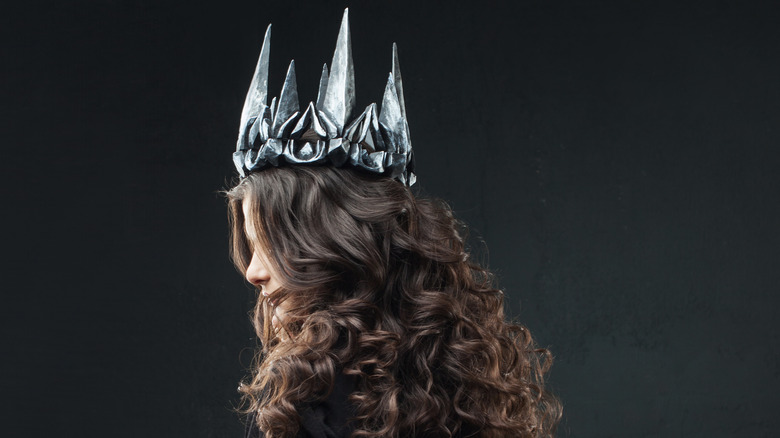
The Unusual Truth Of The Veiled Prophet Ball
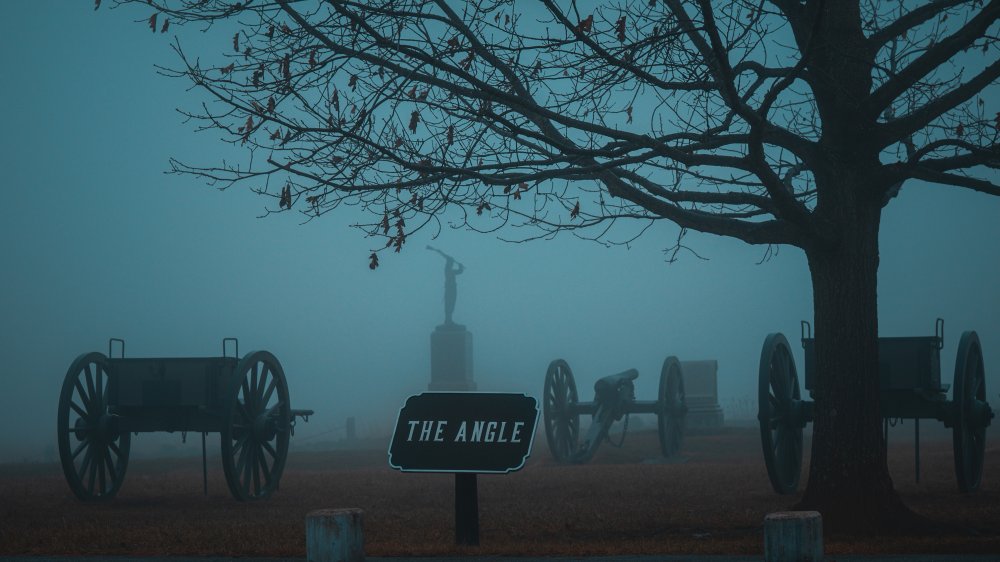
Creepy Tales Of American Civil War Ghosts

Why Coronavirus Treatments Might Not Be Affordable In The U.S.

The Truth About Antarctica's 'Blood Snow'

Walking Sharks Discovered Near Australian Coast
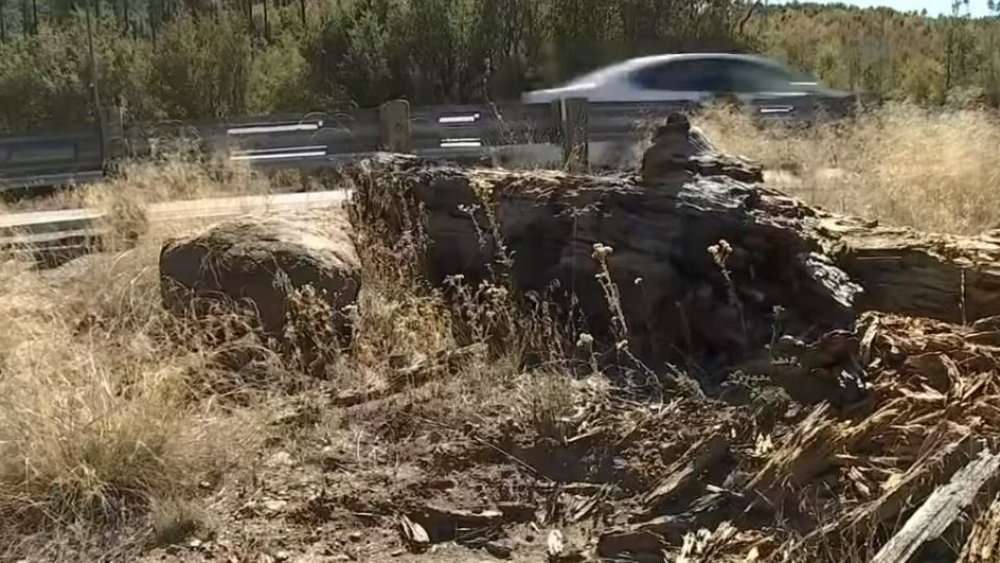
Wizard Rock, A Famed 1-Ton Boulder, Has Disappeared In Plain Sight

The Most Bizarre Things Found In Museums

